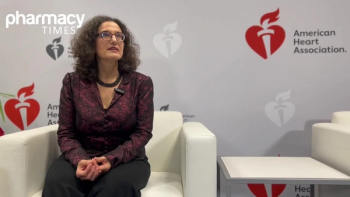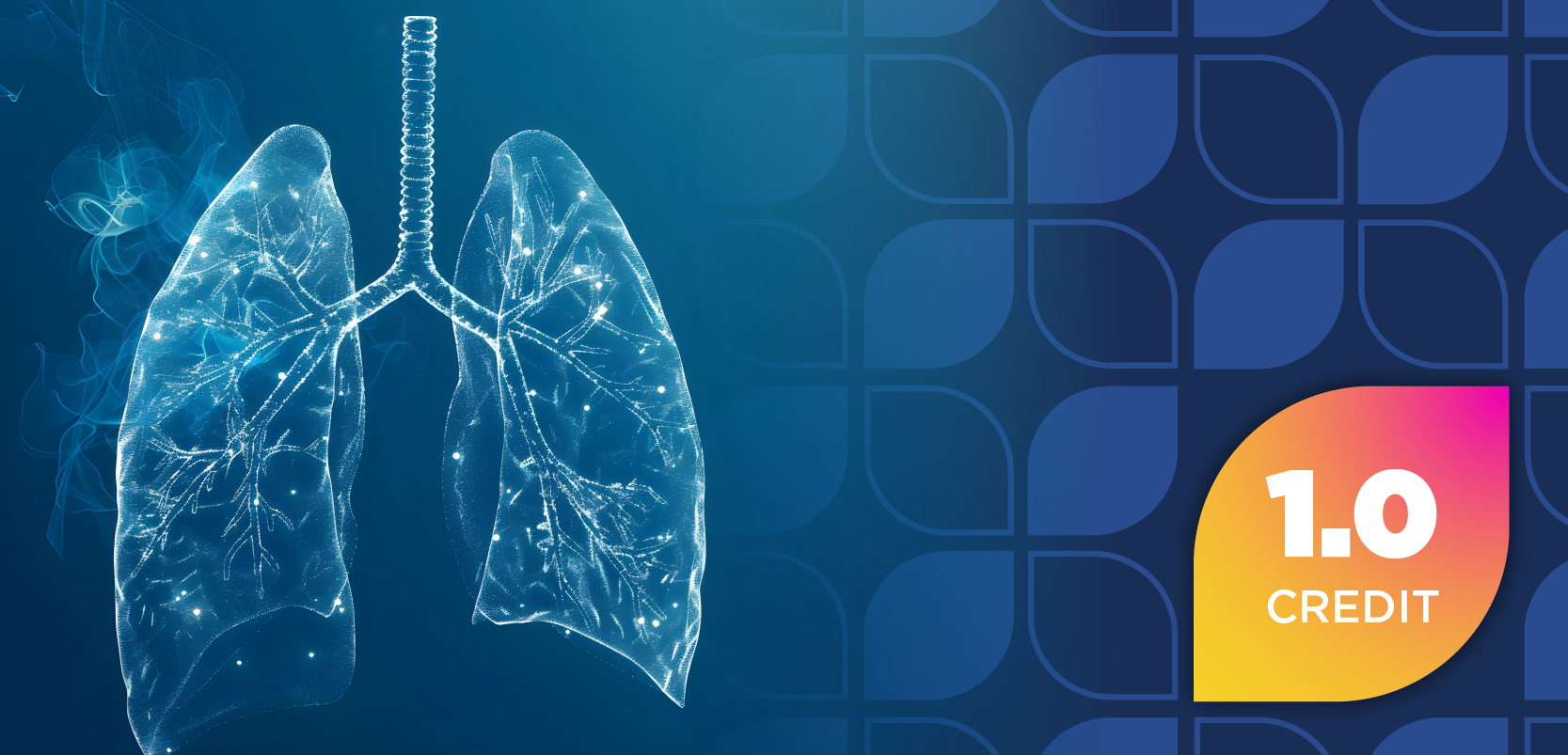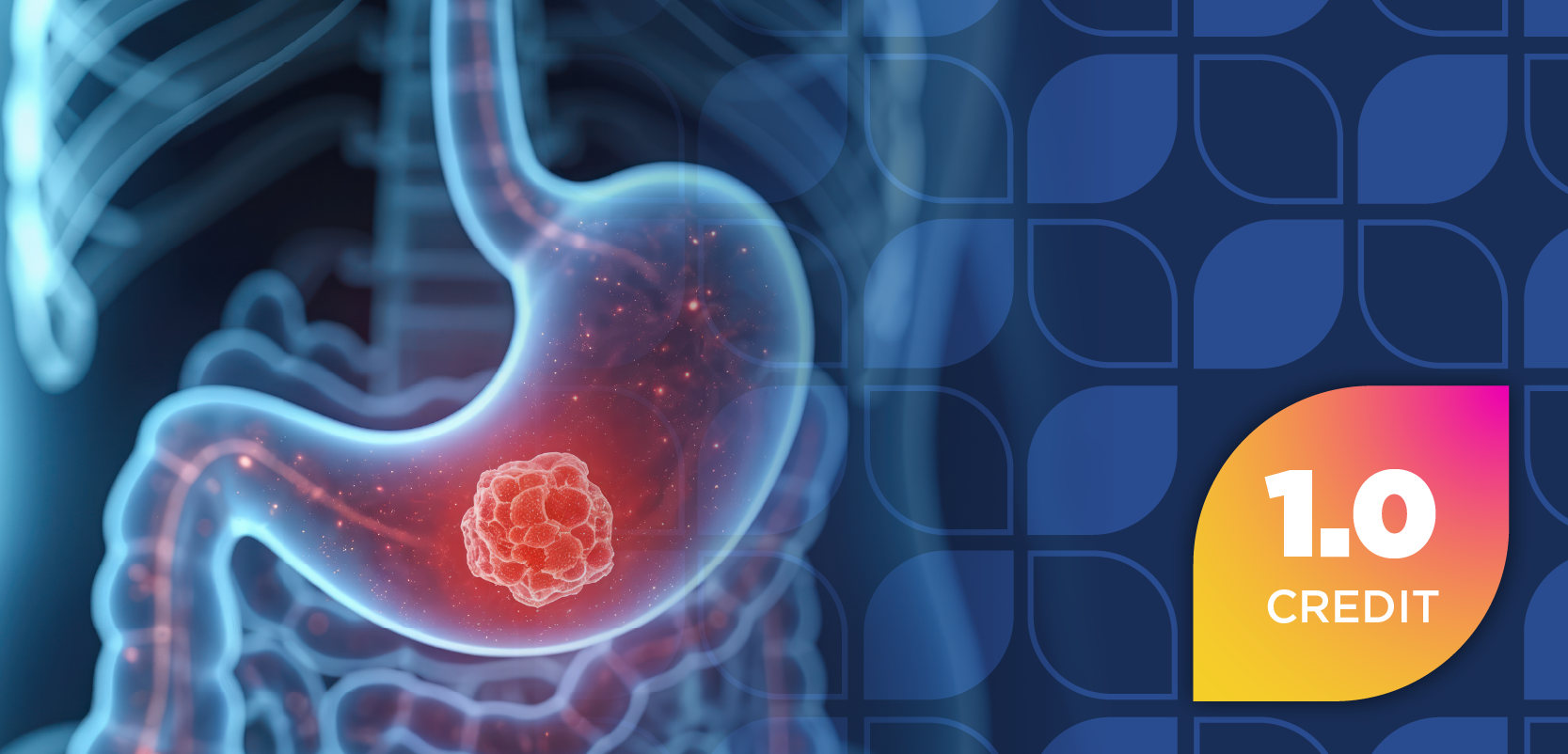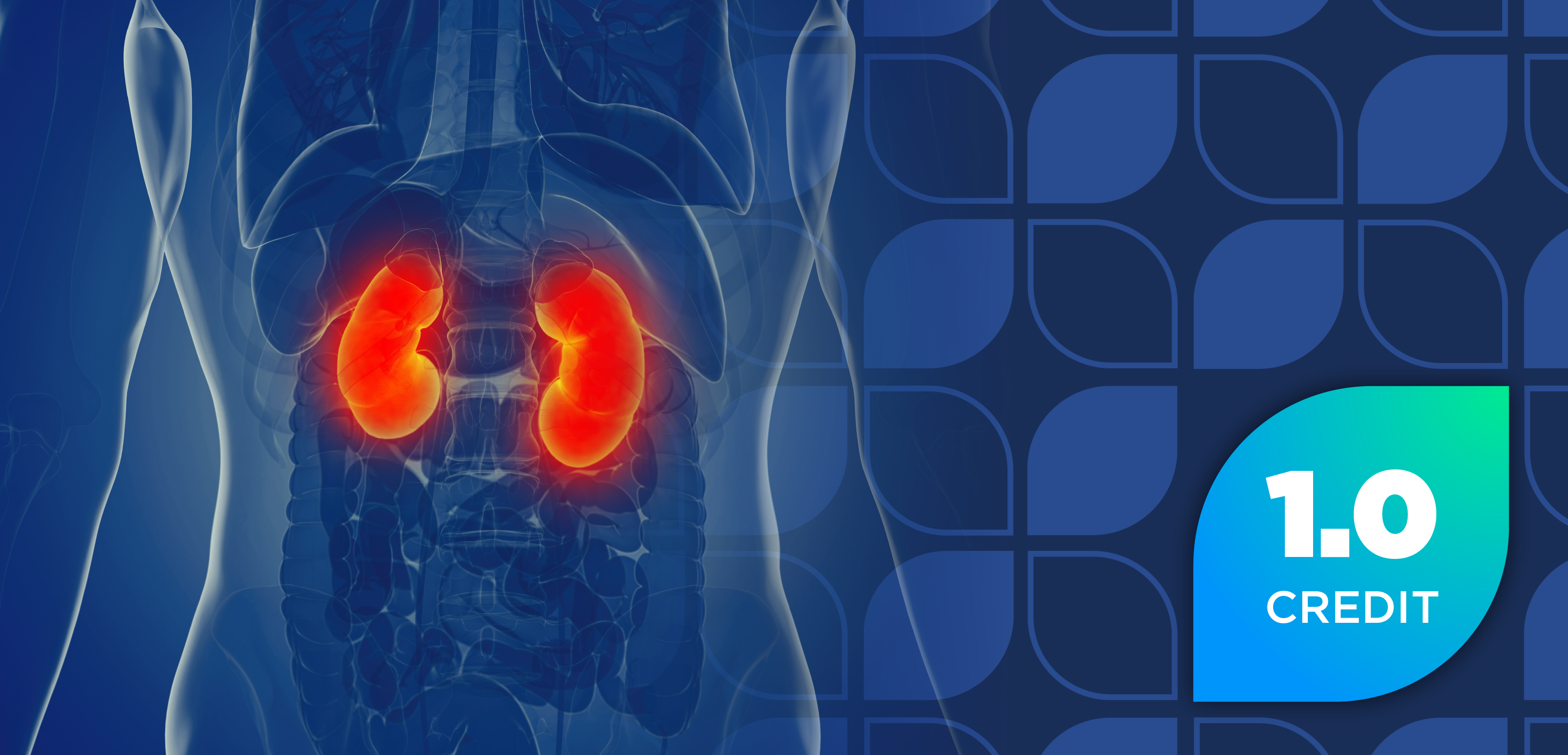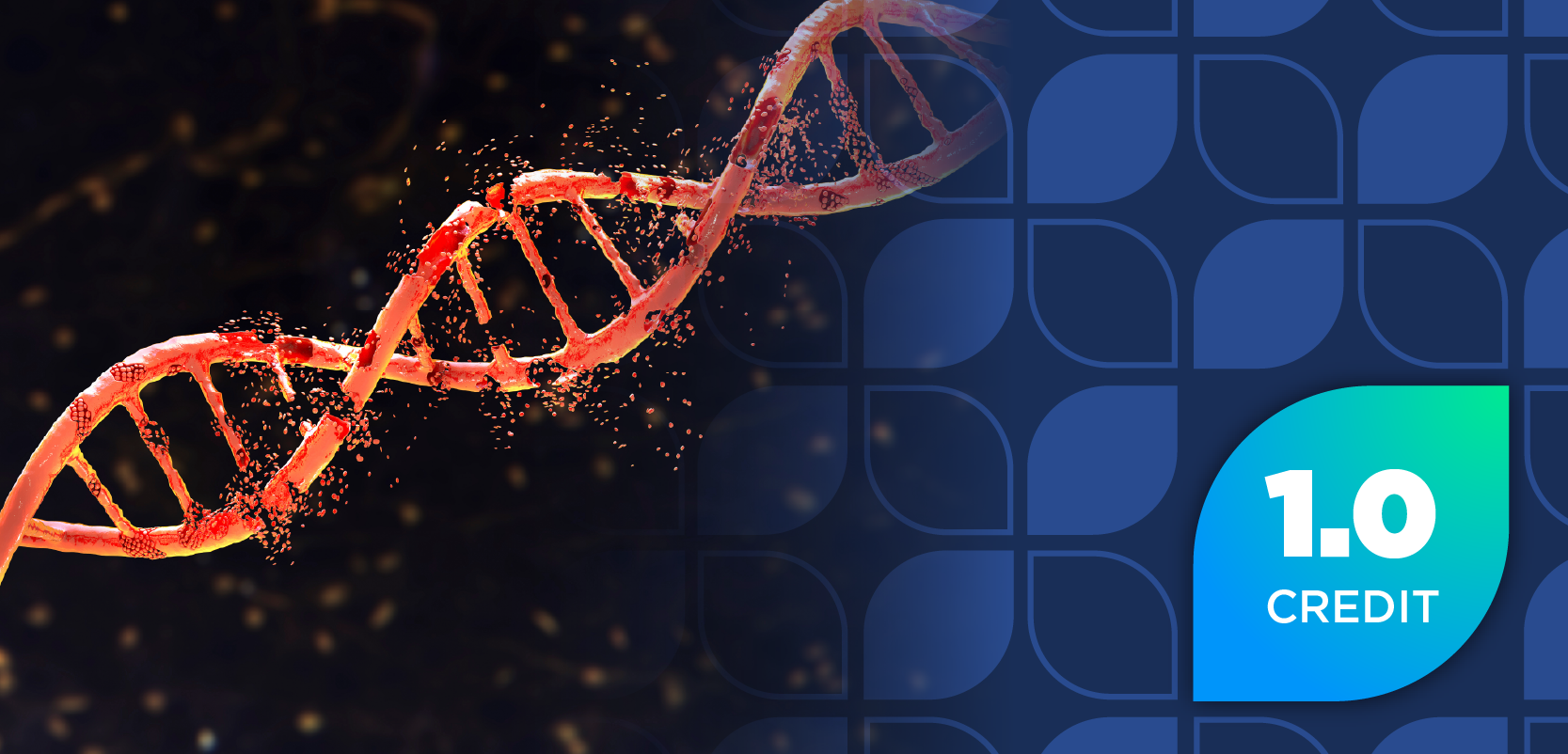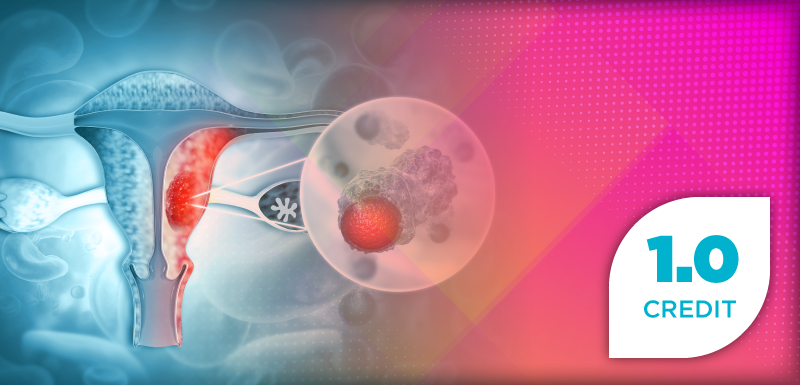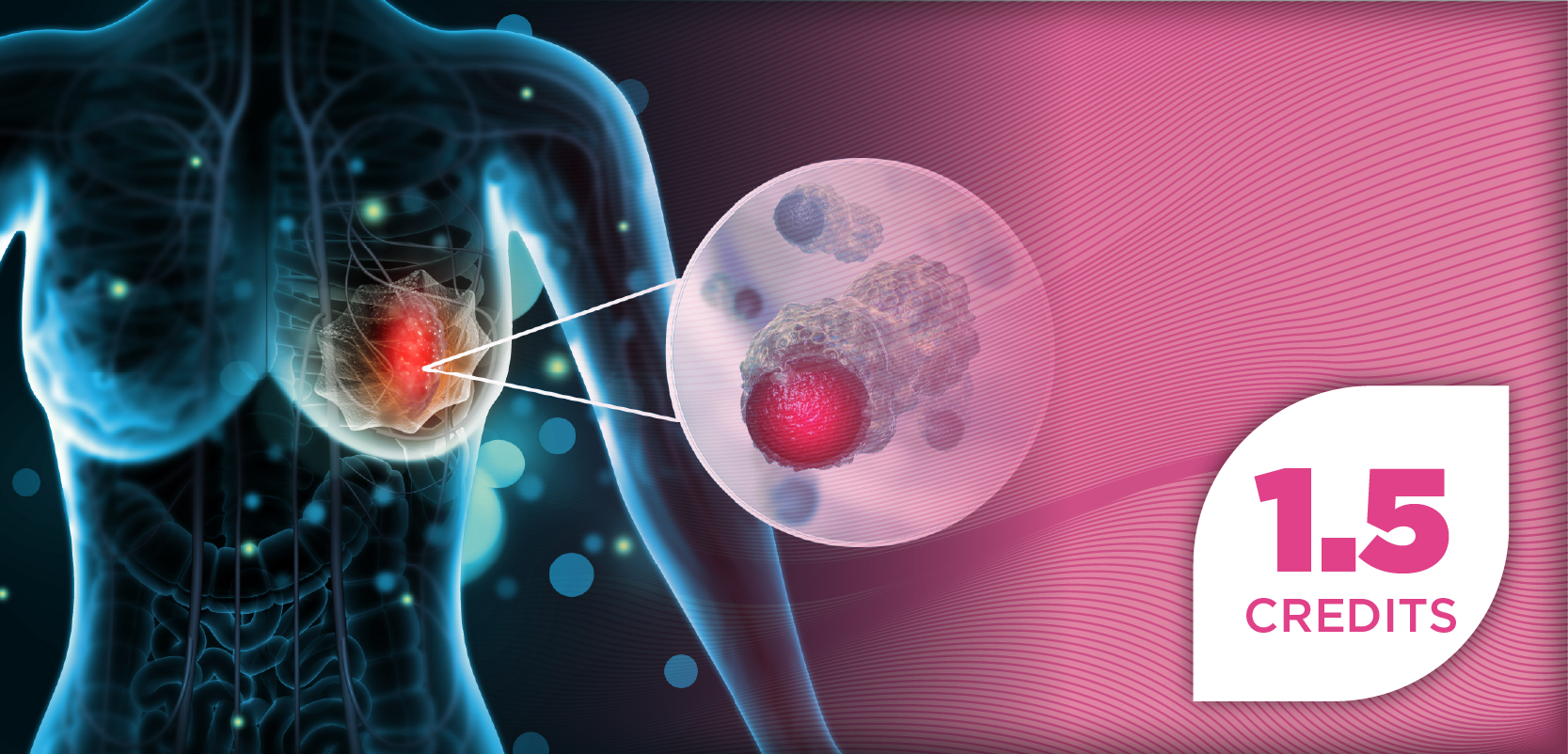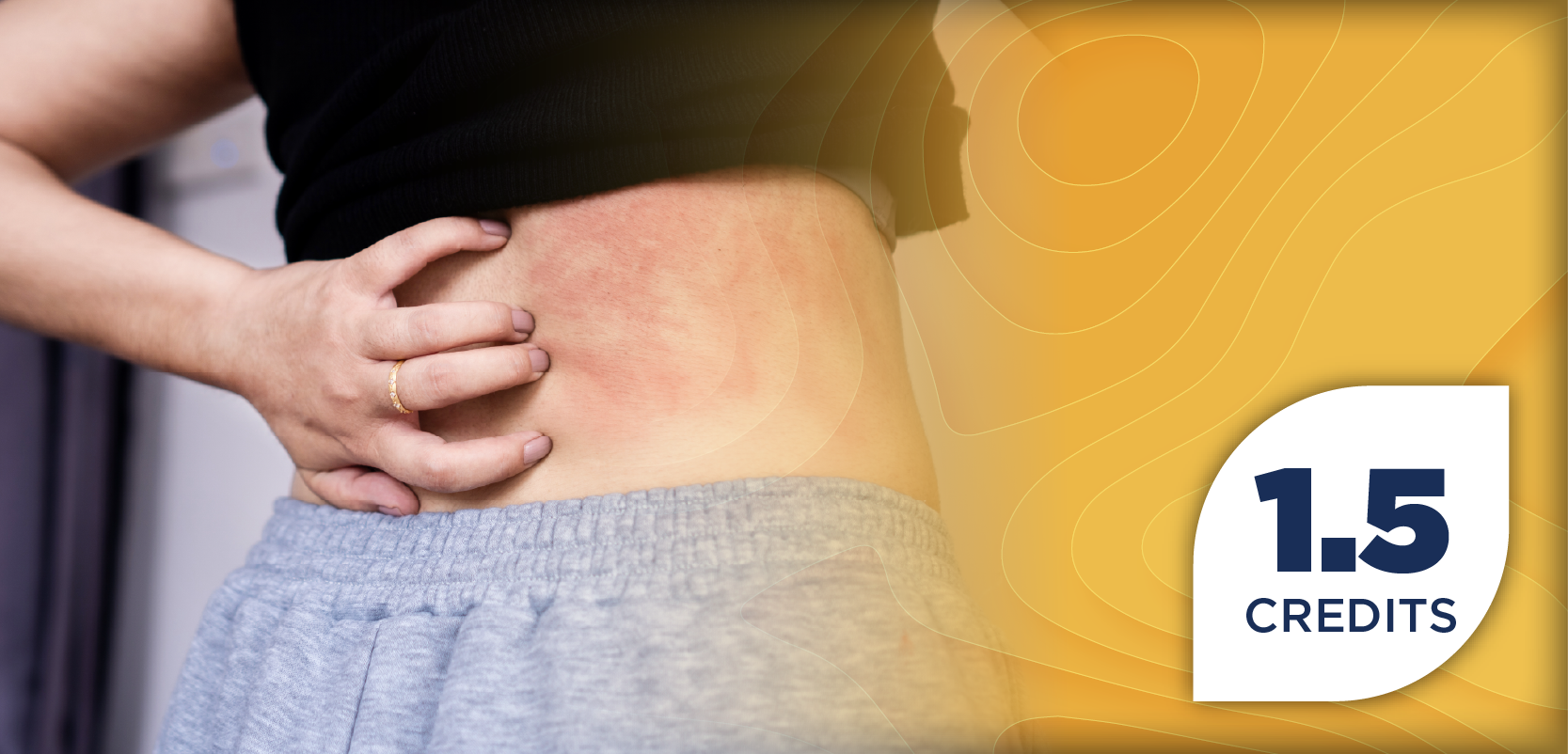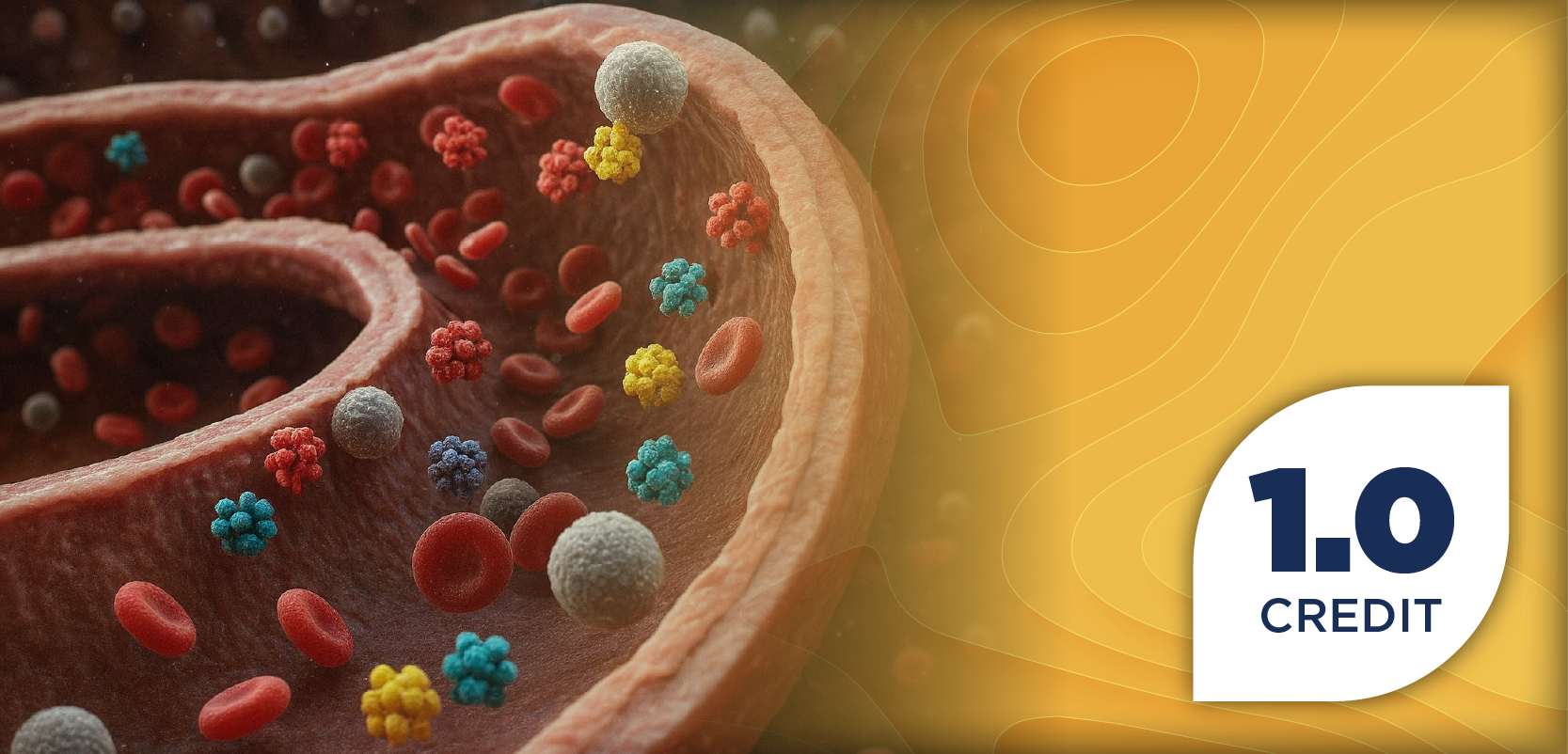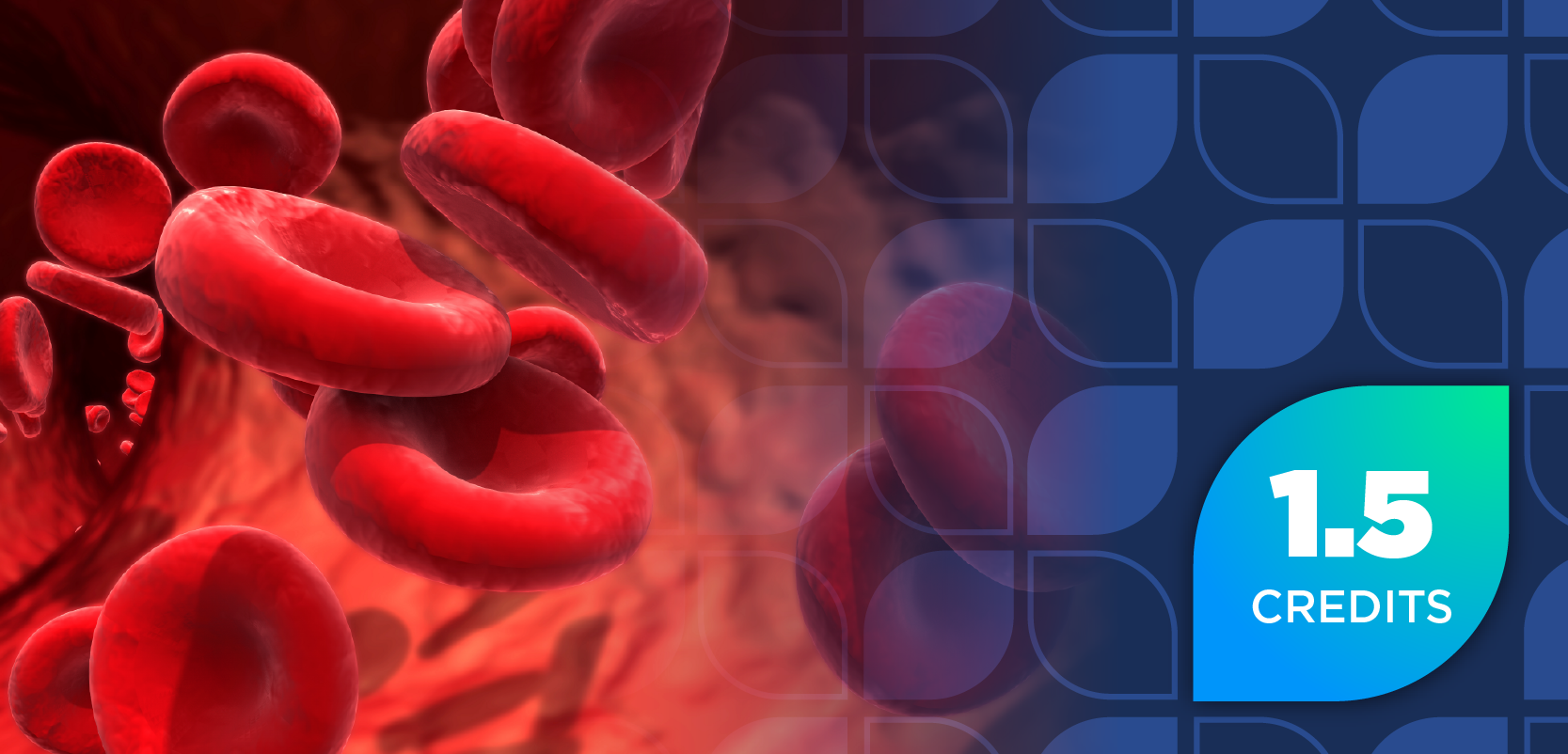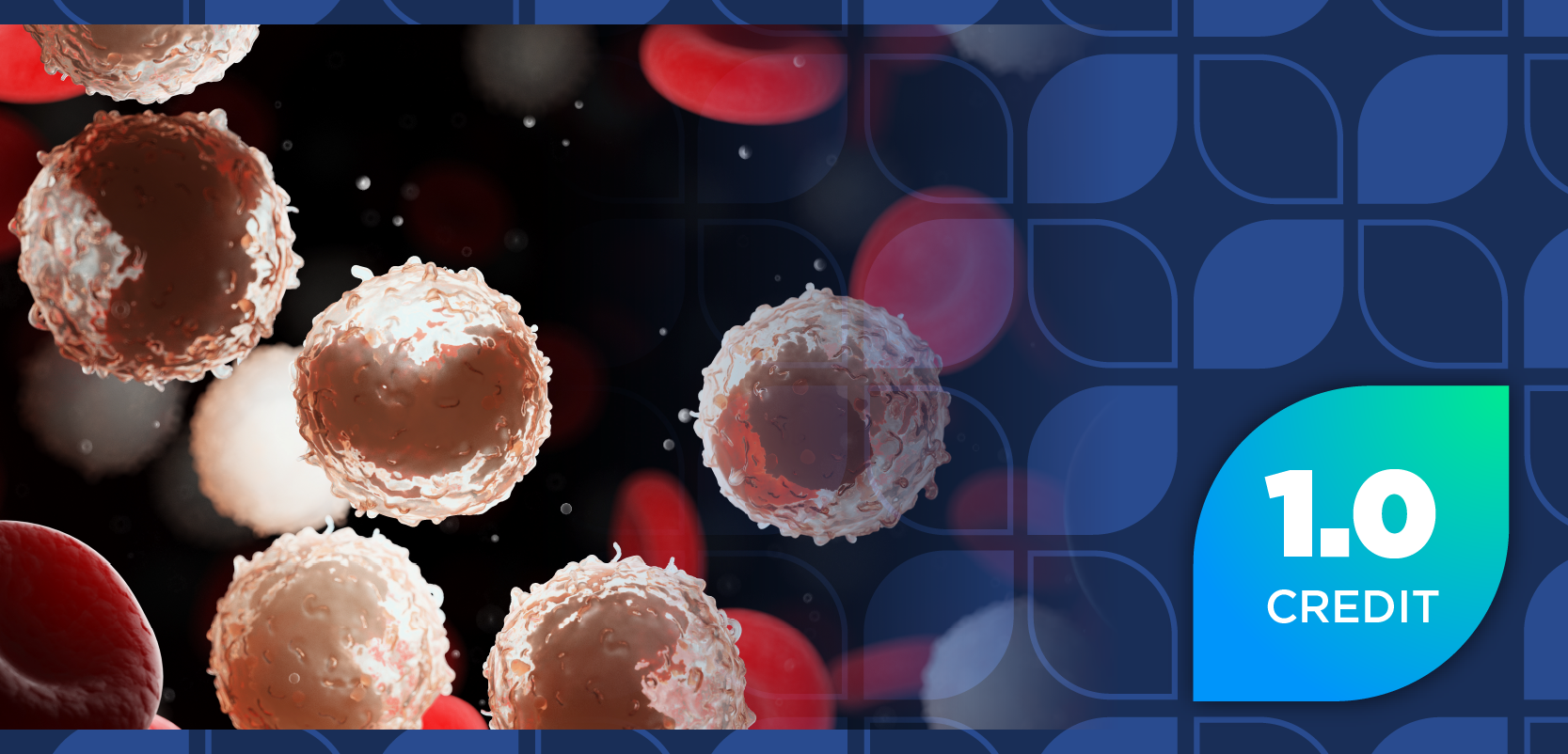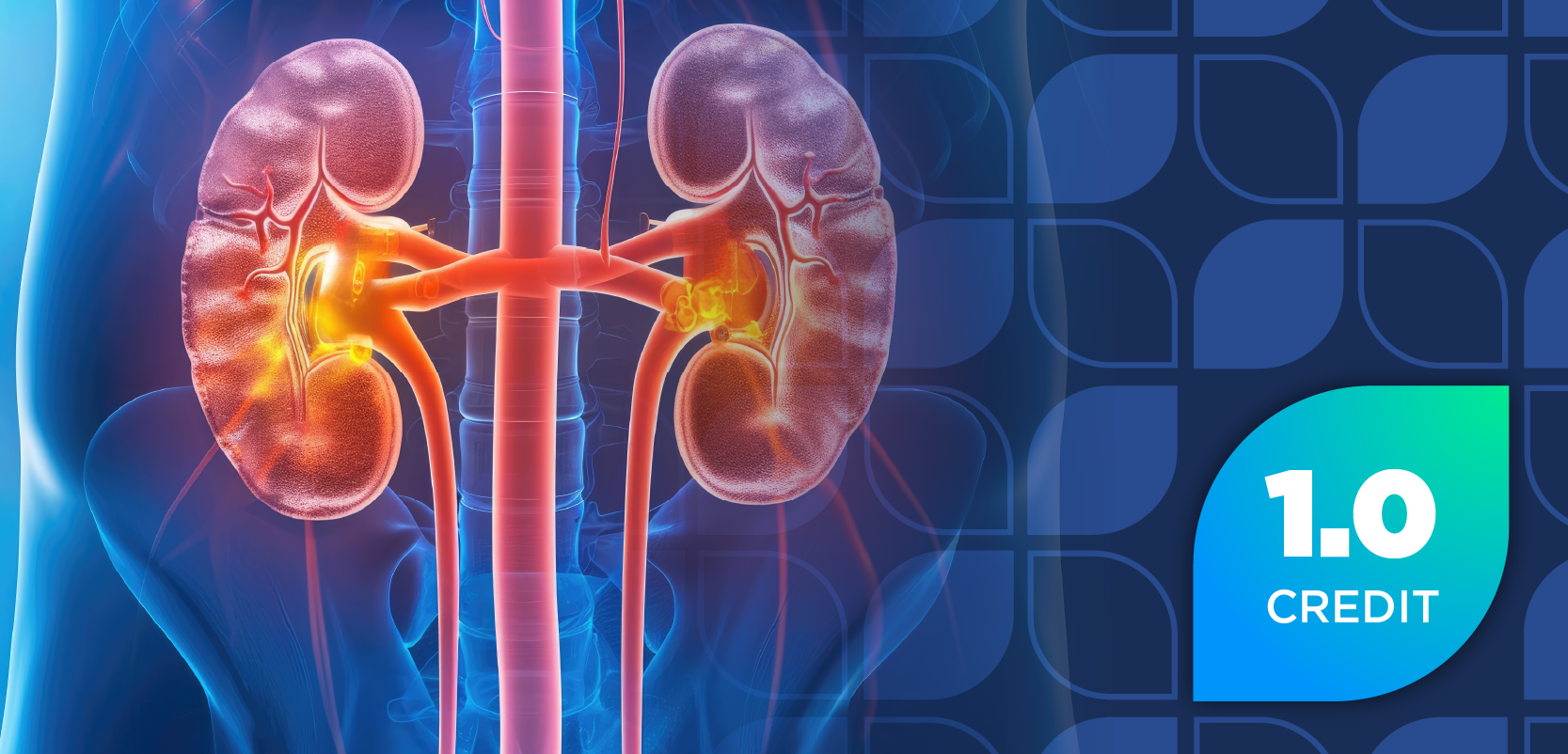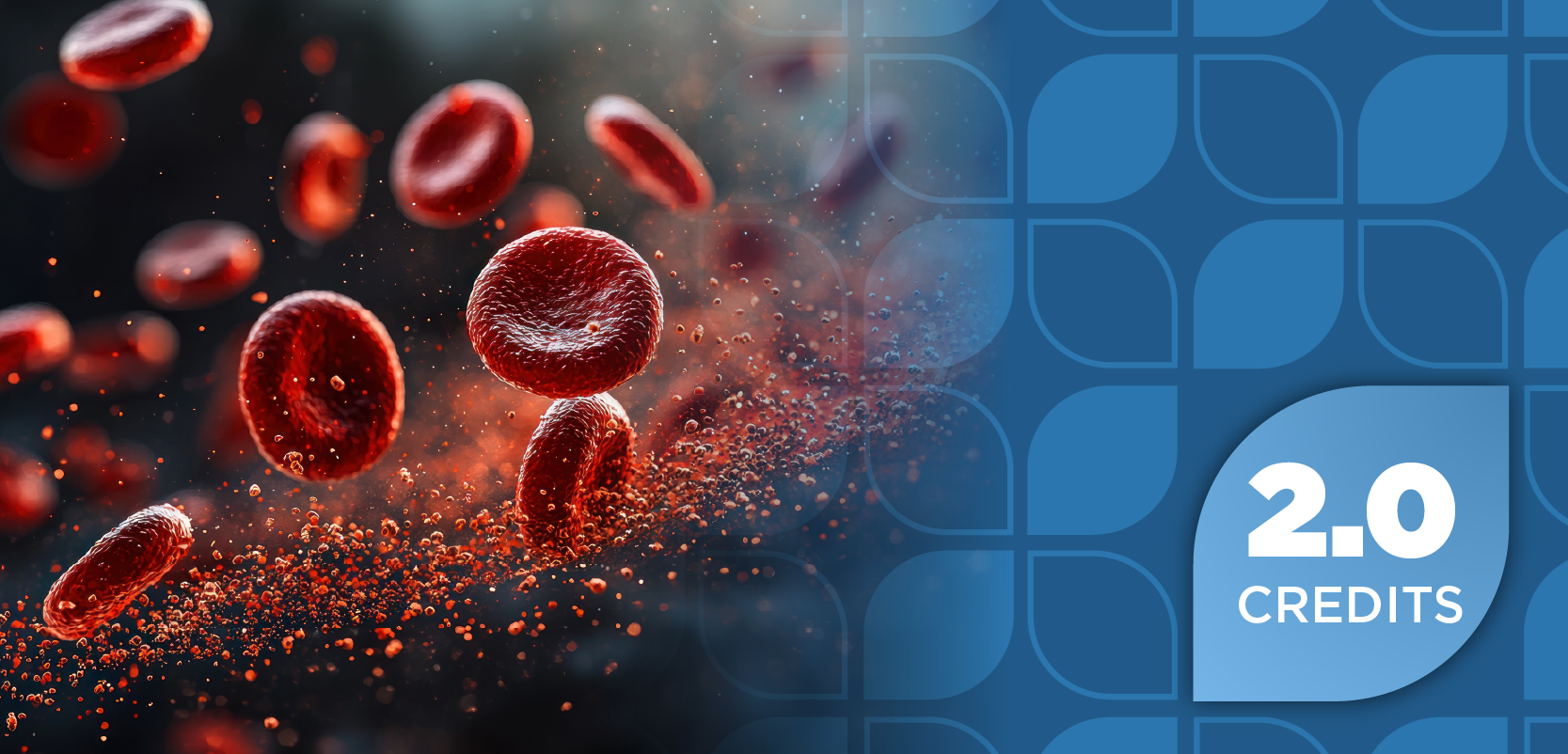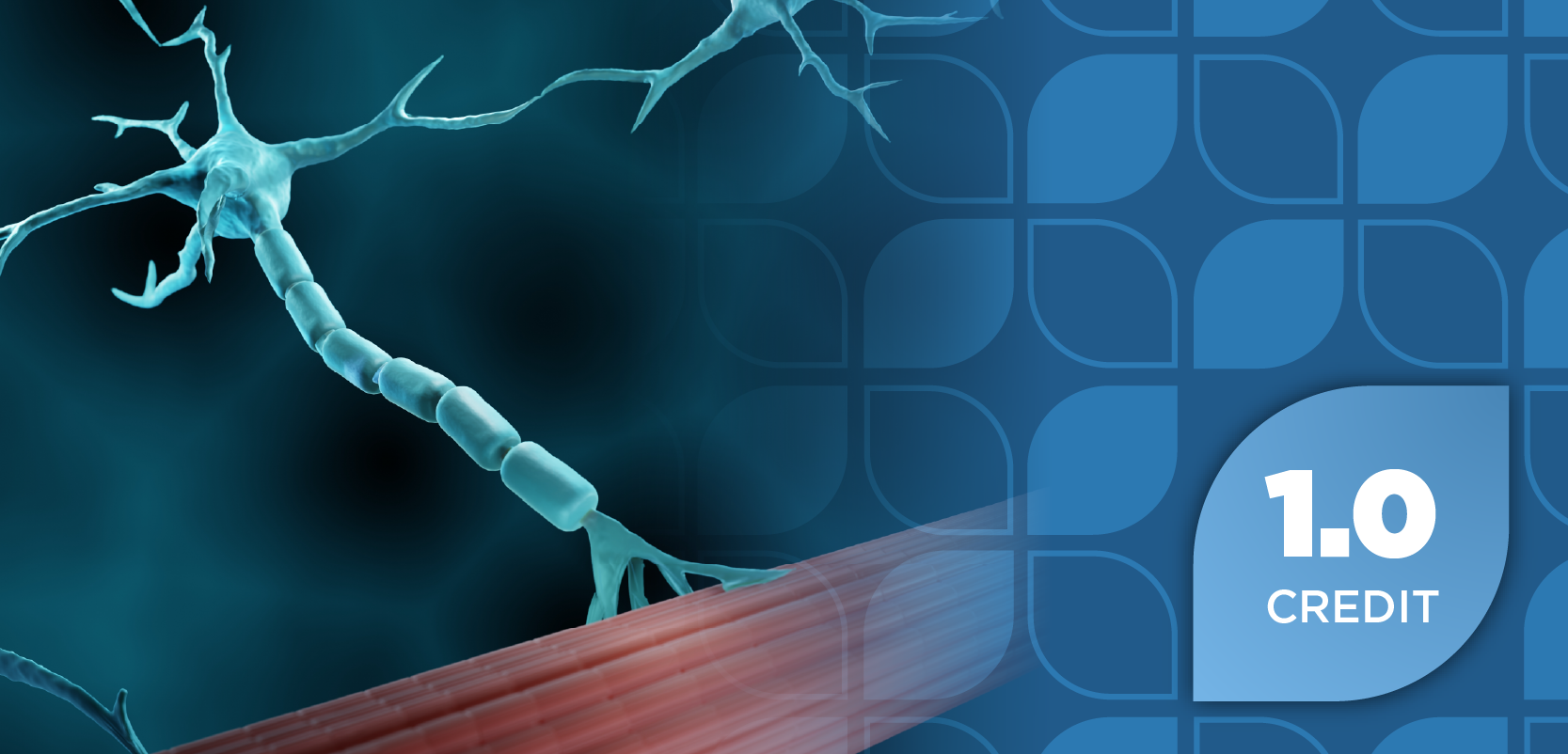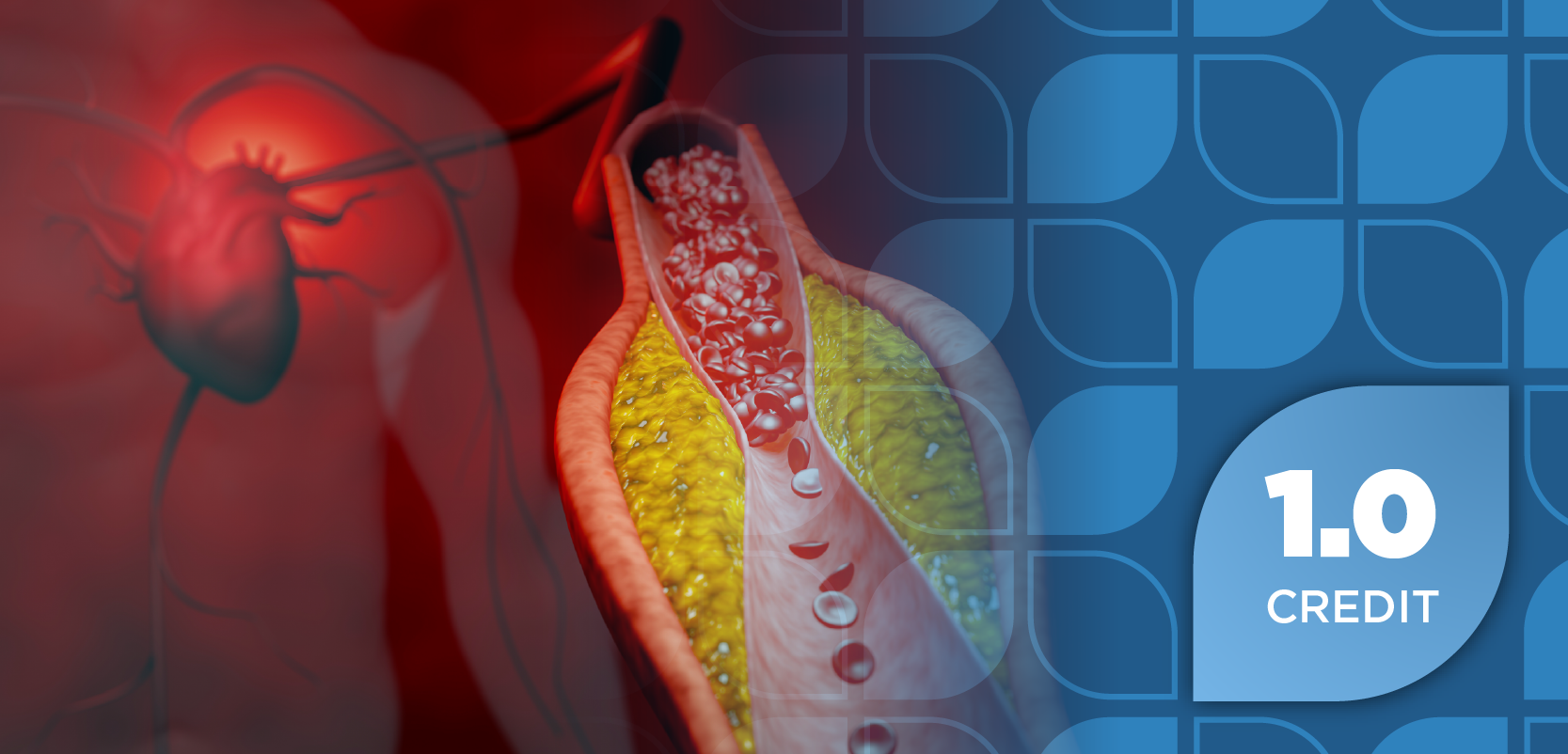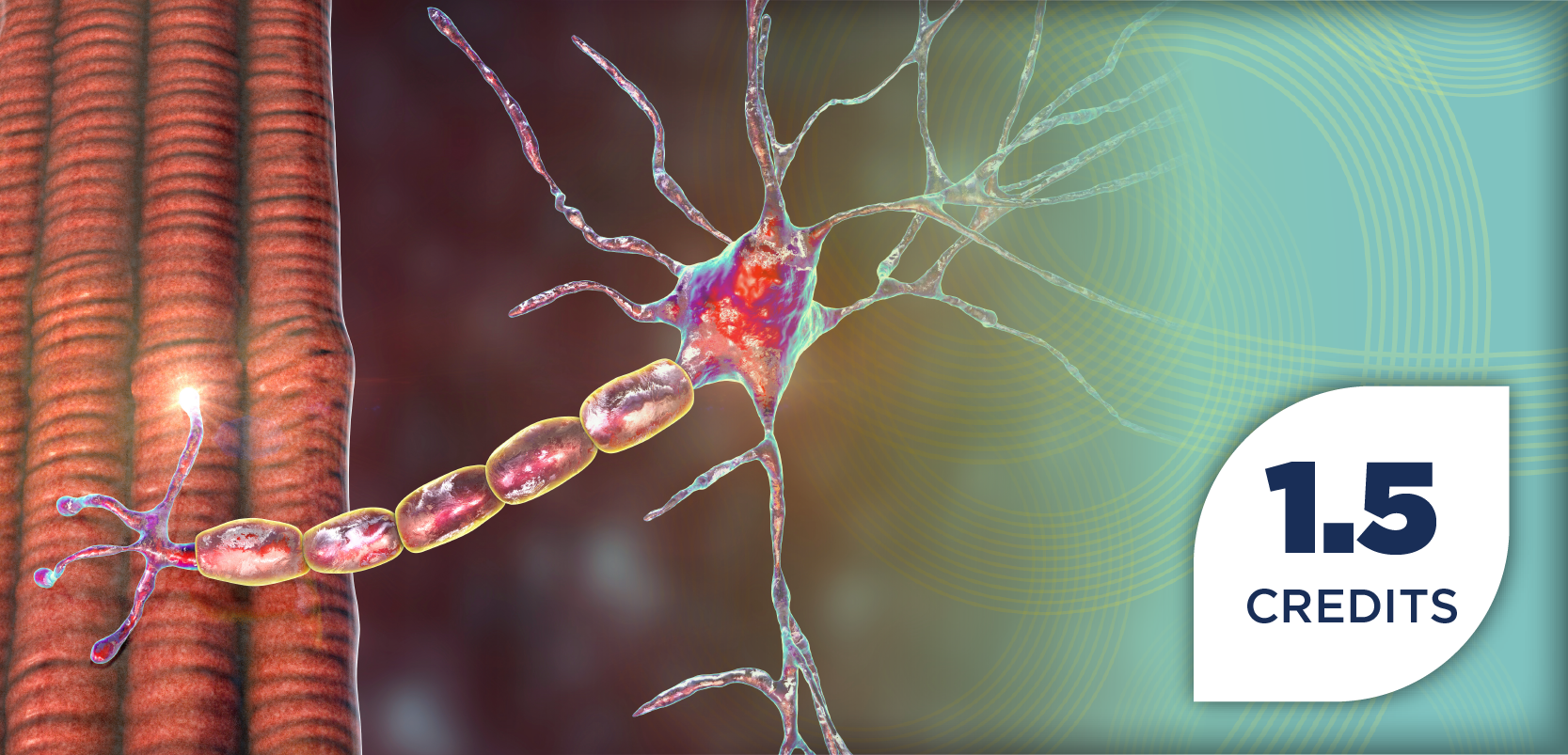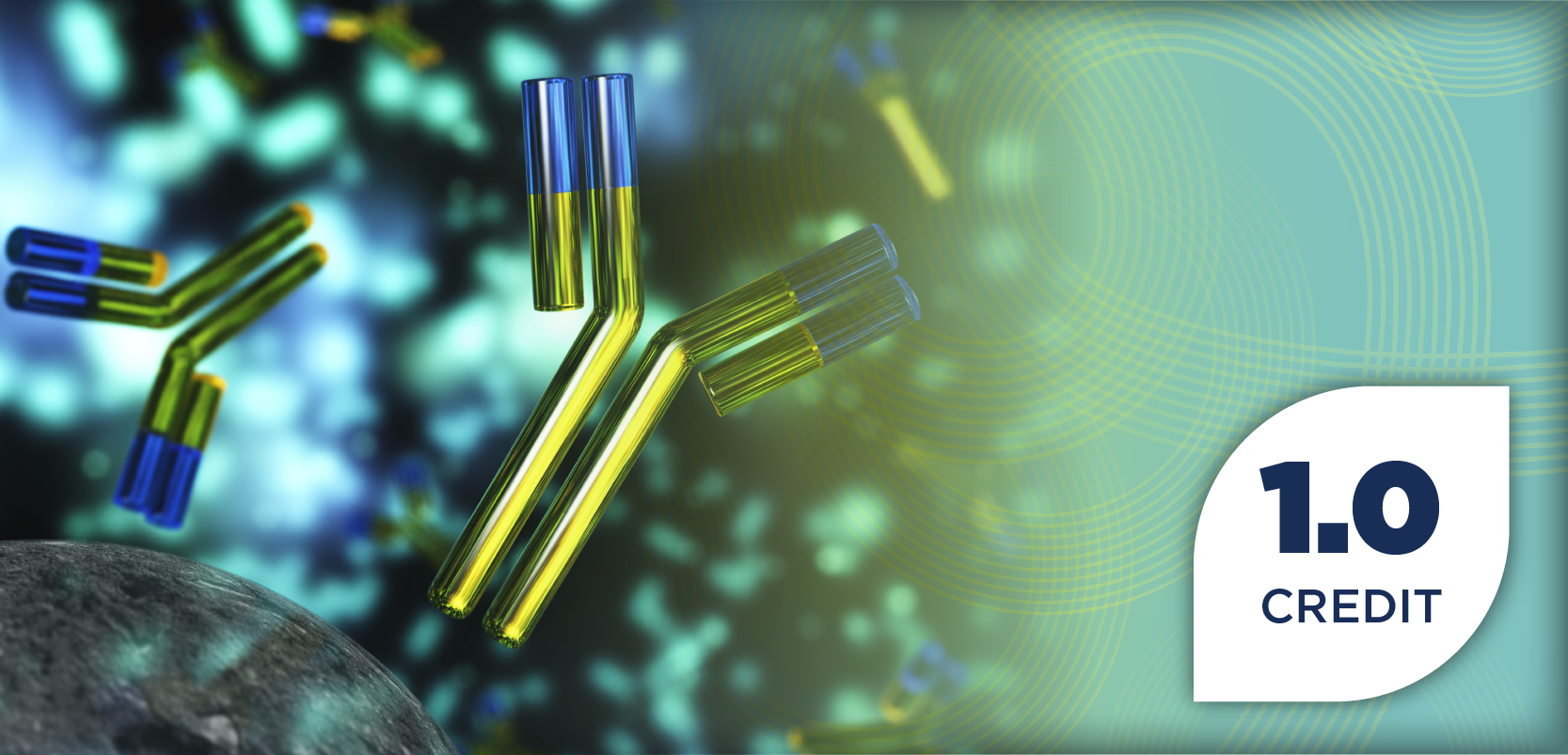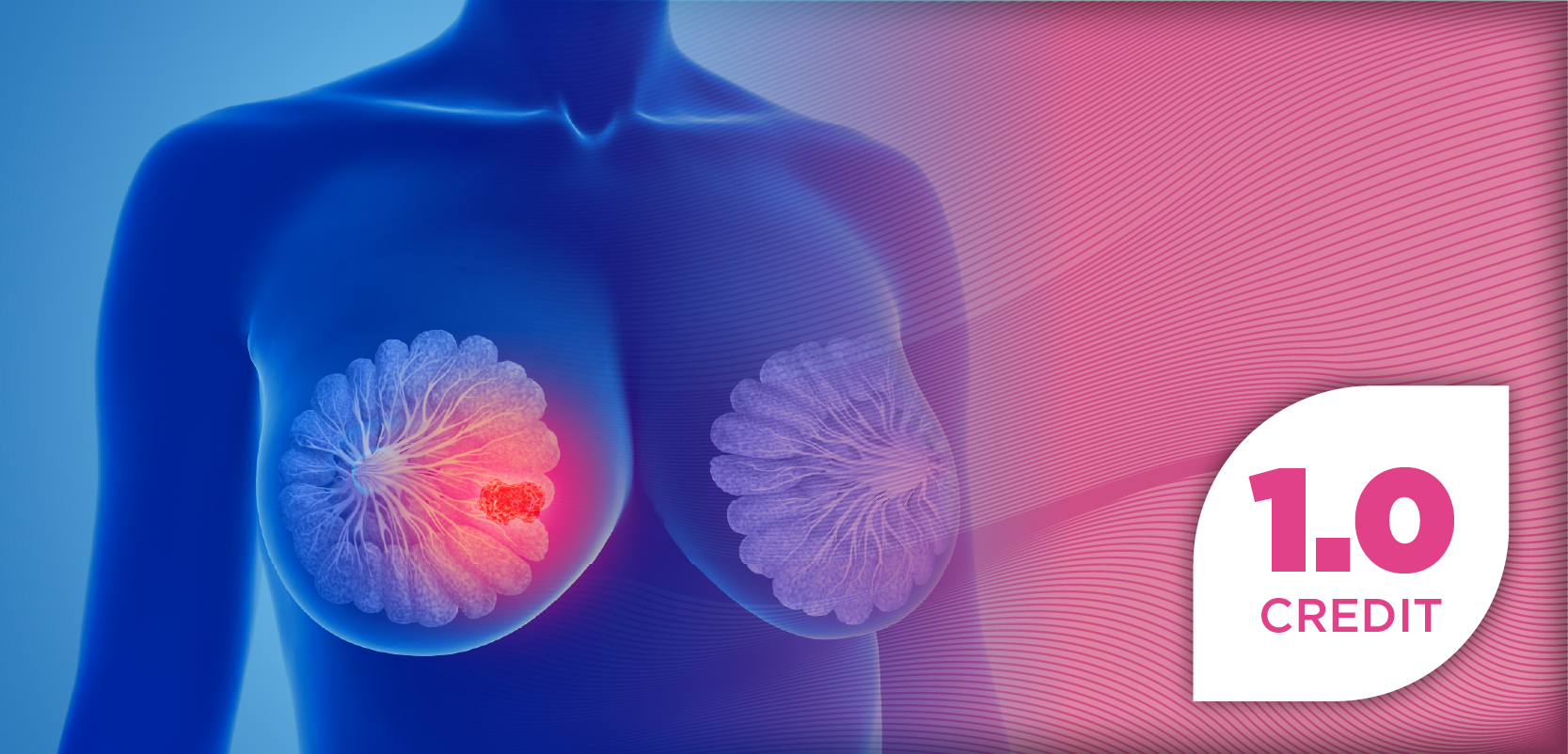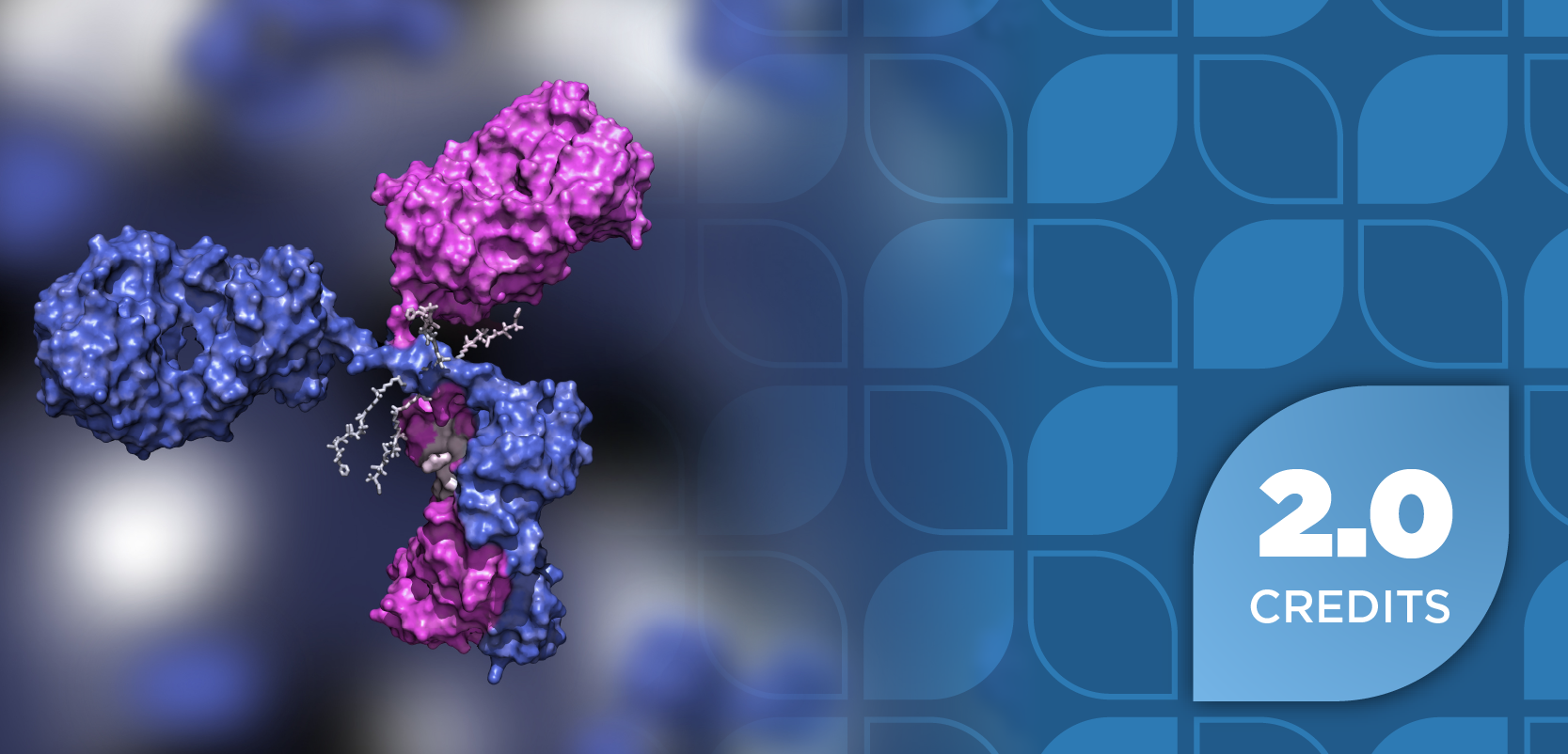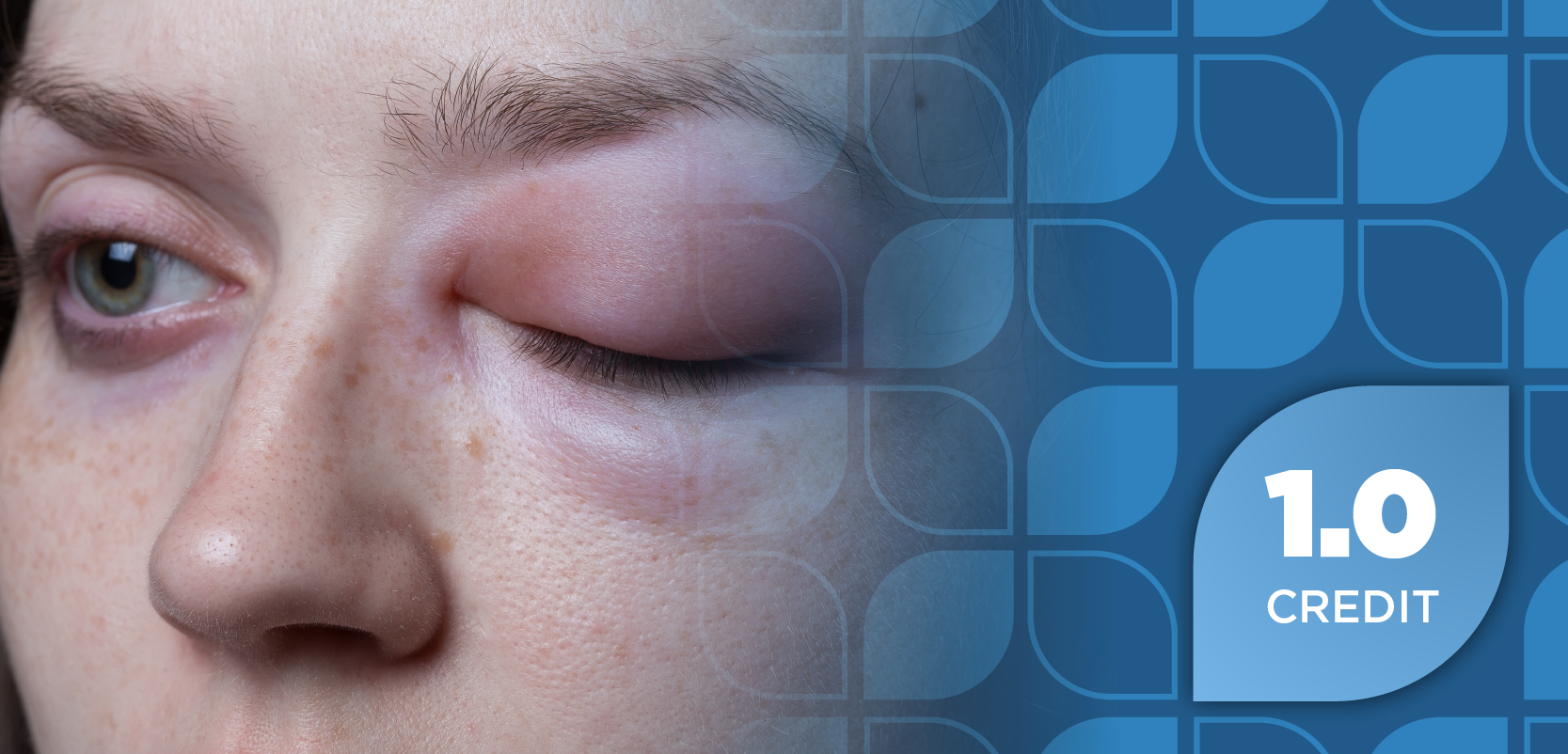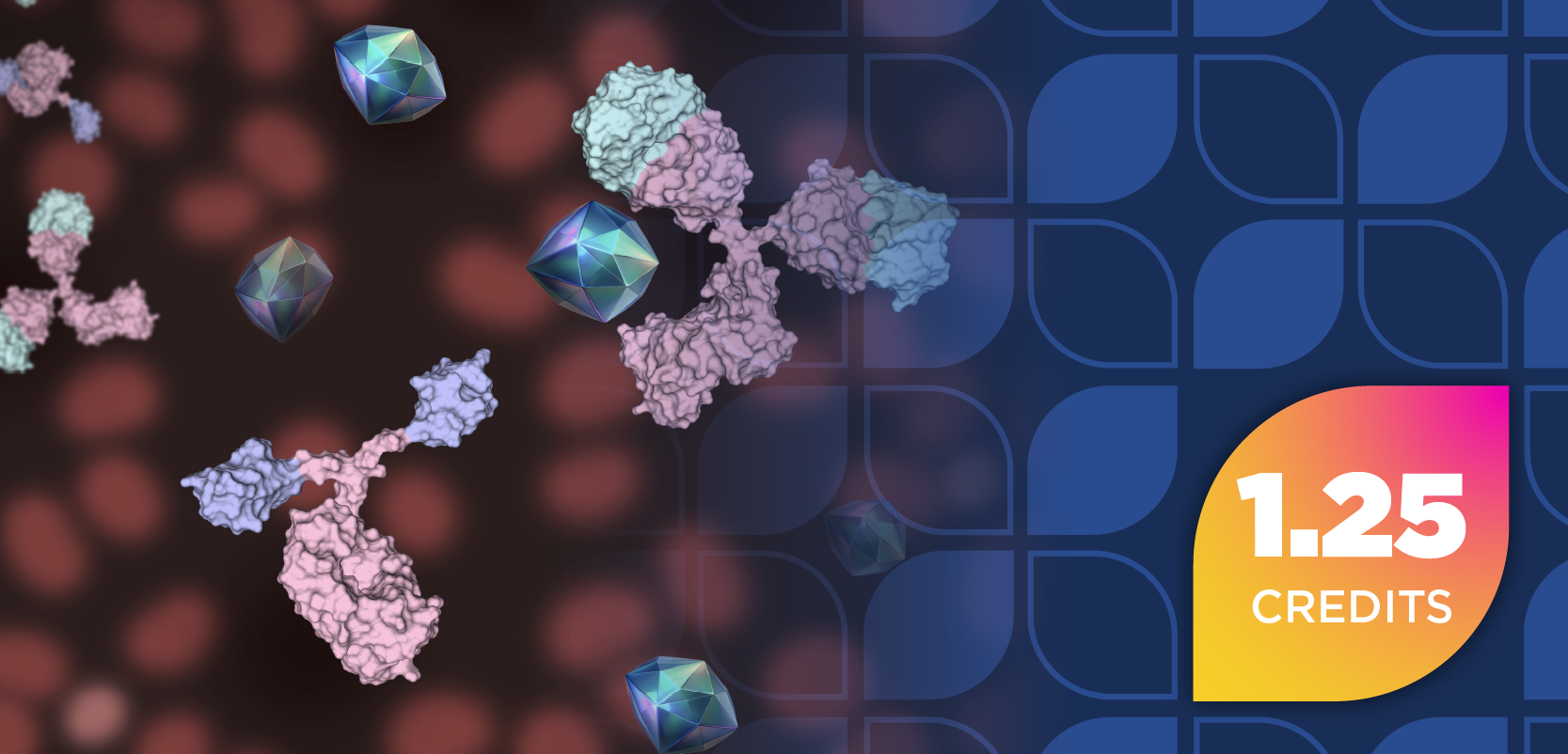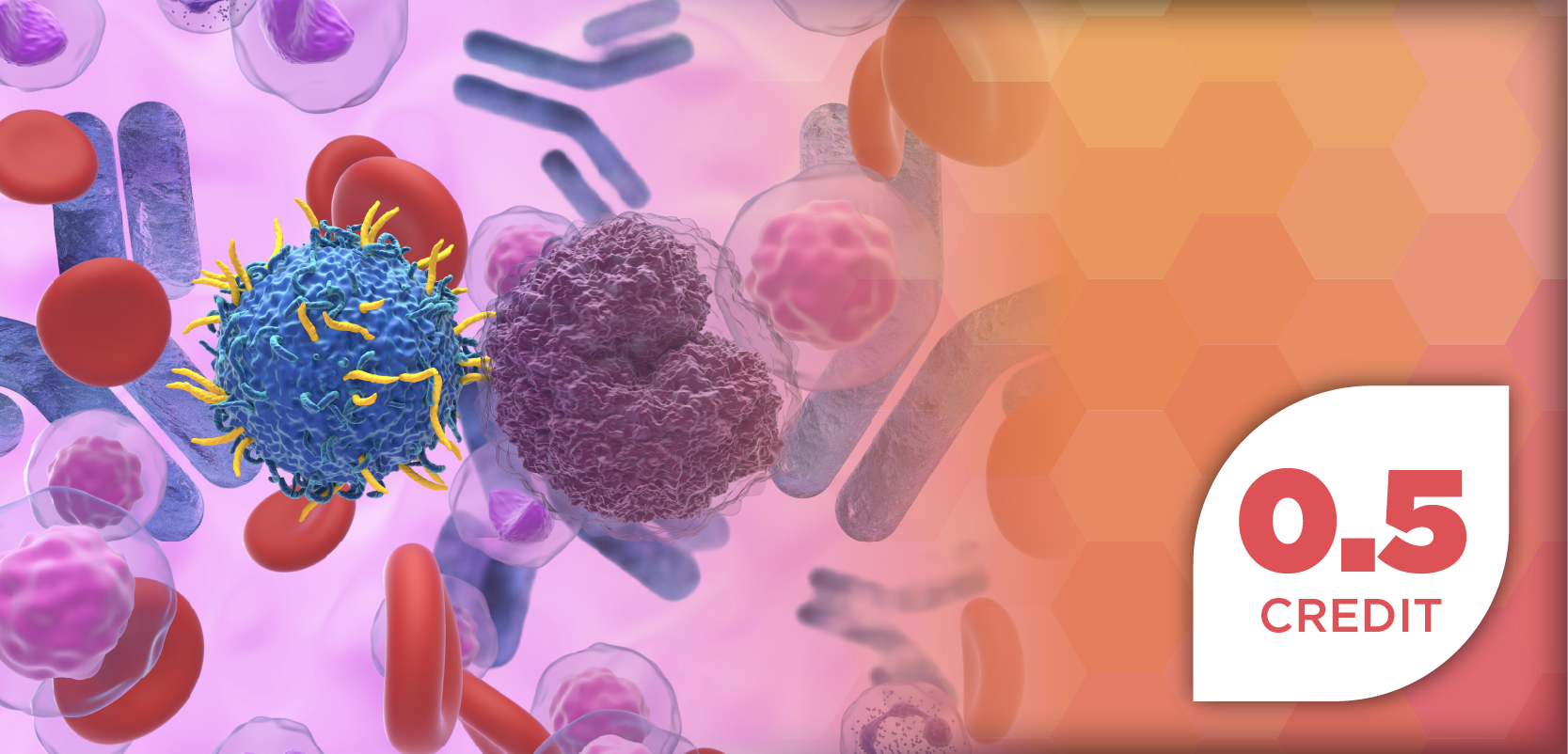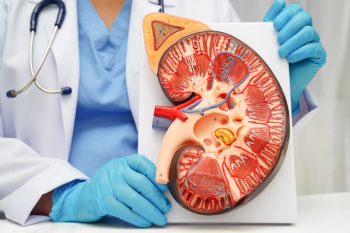
The Role of Pharmacists in Optimizing Care for Seizures in Neonatal Patients
Key Takeaways
- Neonatal seizures occur in 1 to 4 per 1000 babies, with significant developmental risks in 40%-60% of cases.
- Sezaby is the only FDA-approved preservative-free phenobarbital for neonatal seizures, reducing excipient burden.
Pharmacists can help patients and their caregivers manage seizures, assess seizure control, and recommend appropriate treatments such as phenobarbital or rescue medications.
Seizures are most common in the neonatal period, which consists of the first 28 days of life, compared with any other time. Experts note that the incidence of seizures during the first month of life is approximately 1 to 4 per 1000 babies. Such occurrences can cause poor outcomes, including cerebral palsy, global developmental delay, and epilepsy, in 40% to 60% of babies who have seizures.1
Phenobarbital is commonly used as first-line treatment in neonatal seizures; however, because most phenobarbital products are not stable in solution, excipients or preservatives are added to increase the treatment’s stability. Sezaby (Sun Pharmaceutical Industries) is the only preservative-free phenobarbital to be approved by the FDA for neonatal seizures in infants born to term or preterm. It does not add to the potential excipient burden on critically ill newborns.1,2
Sezaby consists of a loading dose of 20 mg/kg in all applicable infants and a second loading dose (if seizures persist or recur any time 15 minutes following completion of the initial loading dose), which is either 10 mg/kg or 20 mg/kg for preterm infants and 20 mg/kg for infants born to term (maximum total of 40 mg/kg). Maintenance dosing consists of 4.5 mg/kg per day for up to 5 days, initiated 8 to 12 hours following the first loading dose. Treatment is supplied in single-use vials and administered intravenously.2
The generic demonstrated efficacy in the multicenter, randomized, blinded, controlled phase 2b trial, NEOLEV 2 (NCT01720667), compared with levetiracetam as first-line treatment.3 A total of 106 term infants (gestational age 36–44 weeks) weighing over 2.2 kg who were at risk for developing seizures or suspected of having seizures were enrolled. Patients were randomly assigned to receive either phenobarbital (n = 42) or levetiracetam (n = 64) as their initial treatment, both of which were administered in up to 2 15-minute infusions (loading doses) followed by maintenance of up to 5 days. The primary end point was seizure-free for at least 24 hours, and secondary end points were seizure-free for more than 48 hours and seizure-free for more than 1 hour.2-4
Mean durations of treatments were about 4.3 and 4 days for phenobarbital and levetiracetam, respectively.2 The findings demonstrated that approximately 80% of patients (n = 24) who received phenobarbital remained seizure-free for 24 hours compared with about 28% of patients (n = 15) who received levetiracetam (P < .001; relative risk 0.35 [95% CI: 0.22-0.56]; modified intention-to-treat population).4 Adverse events (AEs) occurred in at least 2% of participants and were overall more common in the investigational group (n = 32) compared with the levetiracetam (n = 19) group. The most common AEs were abnormal respiration, sedation, feeding disorder, hypotension, bradycardia, hyponatremia, and sepsis.2
Pharmacists have a significant role when assisting patients with seizures. In interactions, pharmacists can ask parents or caregivers about seizure control and whether seizures sometimes cluster together. From there, pharmacists can recommend Sezaby or rescue medications. Additionally, they must collaborate with other health care professionals to determine the appropriate treatment, the correct dose, and directions for use to properly inform the patient’s caregiver.5
Further, pharmacists can help caregivers identify clusters by confirming specific characteristics of their child’s clusters. For example, a seizure diary may help in the recognition of clusters as well as any stimuli (eg, lack of sleep, stress, environmental factors) that might trigger seizures. This information can also help pharmacists and health care professionals determine the best treatment for the patient.5 Pharmacists must engage at every stage of conditions characterized by seizures to monitor the patient’s response to treatment and, if necessary, help mitigate or relieve any AEs as they occur.6
REFERENCES
1. Sun Pharma. Sun Pharma Launches SEZABY™ (phenobarbital sodium) in the U.S. for Treatment of Neonatal Seizures. January 25, 2023. Accessed February 7, 2025. https://sunpharma.com/wp-content/uploads/2023/01/Press-Release-Sun-Pharma-launch-of-SEZABY%E2%84%A2-in-the-US.pdf
2. Sezaby (phenobarbital sodium) for injection. Accessed February 7, 2025. https://sezaby.com/
3. Efficacy of Intravenous Levetiracetam in Neonatal Seizures (NEOLEV2). ClinicalTrials.gov identifier: NCT01720667. Updated August 21, 2019. Accessed February 7, 2025. https://clinicaltrials.gov/study/NCT01720667
4. Sharpe C, Reiner GE, Davis SL, et al. Levetiracetam Versus Phenobarbital for Neonatal Seizures: A Randomized Controlled Trial [published correction appears in Pediatrics. 2021 Jan;147(1):e2020036806. doi:10.1542/peds.2020-036806.]. Pediatrics. 2020;145(6):e20193182. doi:10.1542/peds.2019-3182
5. Gidal B, Welty T, Cokley J, et al. Opportunities for Community Pharmacists to Counsel Patients With Epilepsy and Seizure Clusters to Overcome Barriers and Foster Appropriate Treatment. J Pharm Pract. 2024;37(1):190-197. doi:10.1177/08971900221126570
6. Pham HT, Tran MH, Nguyen NQ, Tan Vo V, Tran MH. Role of clinical pharmacists in epilepsy management at a general hospital in Vietnam: a before-and-after study. J Pharm Policy Pract. 2021;14(1):109. Published 2021 Dec 20. doi:10.1186/s40545-021-00394-9
Newsletter
Stay informed on drug updates, treatment guidelines, and pharmacy practice trends—subscribe to Pharmacy Times for weekly clinical insights.

